
The most stable part of skating used to be the price of a skateboard.
Whatever the brand, whatever the graphic, in America, a pro board cost about $55. But unless you get skateboards for free, you’ve probably noticed that, lately, you’ve been paying more for them.
Today, the decks on the wall at almost any shop sell for anywhere from $60 to $85, leaving skaters to wonder how the cost of a skateboard suddenly went up.
“That two-year growth is pretty crazy,” says Dave Waite, the buyer for 35th Ave., a shop outside of Seattle. “I think for some brands, and some distributions, we almost came up with a 20% price increase.”
PRICE ORIGINS
Paul Schmitt, the founder of PS Stix, traces the price of skateboards to the early ’80s. After years of experimenting with board constructions, the industry had settled on plywood. While manufacturers refined the process, the product, at its most basic, went largely unchanged throughout the decade. “So prices were pretty consistent in the ’80s,” Schmitt says, with boards hovering around $45.
Schmitt says it was Steve Rocco who first pushed the pricing threshold via World Industries and its umbrella of brands. “Rocco basically charged more money for stuff to pay for the marketing that he was doing and to pay bigger rider royalties,” Schmitt says. That translated $2 more per board for pros, double what riders for other companies earned. While that was happening, Santa Cruz introduced Ever-Slick boards, and within months, basically every company had its own version of the gimmicky plastic bottom, upping the price of boards by a few dollars.
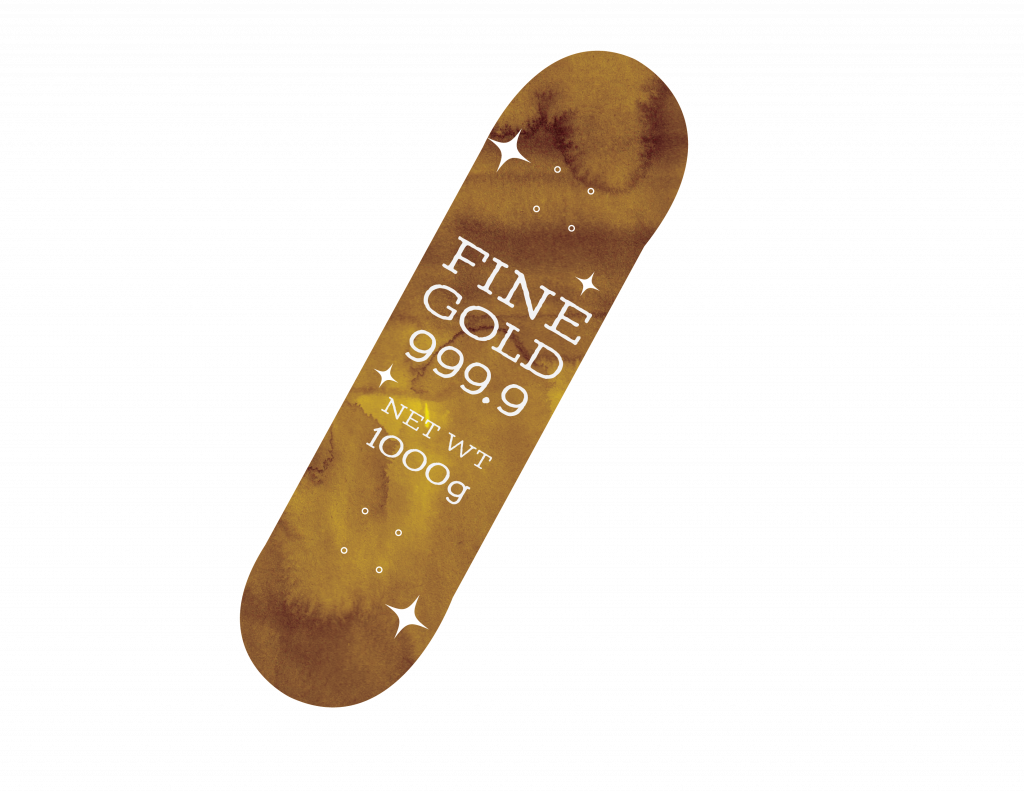
Prices then plateaued for most of the ’90s, even as the cost of making and shipping skateboards went up. By the early 2000s, companies were increasingly moving toward Chinese manufacturing and heat-transfer graphics in lieu of more costly screen-printing. But lower manufacturing costs didn’t lead to cheaper prices at your local shop. Companies, Schmitt says, “just had a better margin now, or had a margin they could survive on.”
Pandemic
After more than 30 years of mostly static prices, the cost of a deck began to creep upward before the pandemic, as some in the industry suggested it should. But it was COVID-19 that hiked demand for skateboards and challenged the supply chains that carried them to shops, triggering what Schmitt initially saw as a healthy price adjustment. “Basically, COVID almost gave permission for a normal cycle to happen. And then you saw some brands really jump on it and raise their retail price.”
Raj Mehra watched these shifts play out from Canada. His distribution house, Mehrathon Trading, carries companies including Baker, Primitive, WKND, and April. The price points Baker suggests—$71 for boards under 8.25, inches, $73 for boards over 8.3 (all prices in American dollars)—reflect its operating costs, he says. “The reason why people want Baker is because of all the marketing efforts they make. Well, there’s a cost to that,” and other legacy brands may not be able to make the same investment.
But who was first to push prices northward?
The Turning Point
Some in the industry point to Fucking Awesome as the catalyst. Jason Dill and Anthony Van Engelen’s company was part of the initial wave of boutique brands to emerge in the early ’10s, drawing comparisons to World Industries through its team and ethos. Its products stood out instantly. “It kind of was the first brand that was, like, a premium brand and their boards looked a little different,” Waite says. “And I almost feel like their prices on their website seemed to go up, and we all kind of followed suit, the whole industry.”
Schmitt manufactured Fucking Awesome’s boards from the company’s inception until 2019. He remembers the requests for the embossed and foil-wrap graphics that quickly became its trademark. “Dill loved to challenge the norm, right?” he says. “Creatively, he wasn’t gonna be constrained—‘I’m not gonna be told that it costs too much money with my vision to come out.” Schmitt no longer makes FA and Hockey boards, but a Dill portrait model with a lenticular graphic and embossing currently sells for $90 on the FA site. Other models sell for $70.
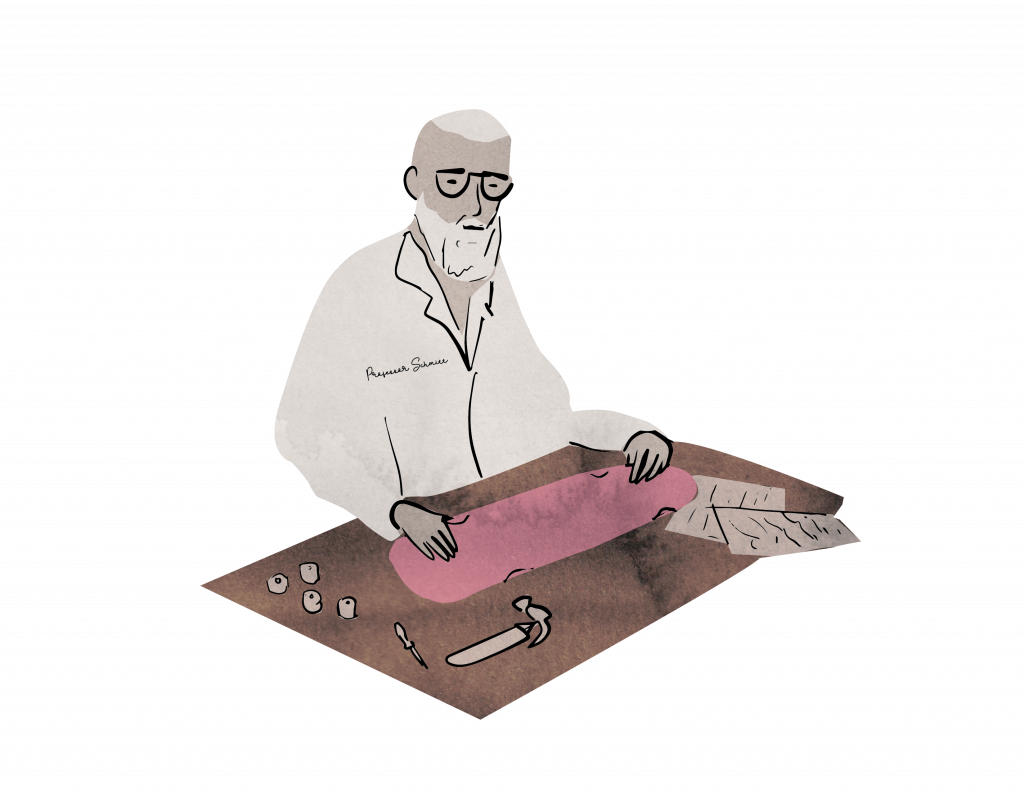
That sort of tiered price structure mirrors the model that reshaped sneakers. A Team Jordan shoe might cost the same as a Jordan 4 retro to produce. It may also have the same Jumpman logo on it, and it could be an equally good basketball shoe. But without whatever makes the Jordan 4 special—exclusivity, nostalgia—it sells for less. Skate companies might see boards similarly now.
“It’s like that shoe collector culture, right?” Schmitt says. “But it permeates across all kinds of things. It permeates across decks, and especially releases for old pros and historical things. There’s a certain person in culture that’s like, ‘Oh, can I get it now, before I can’t get it?’ And the reality is, when you ride an eight-and-a-quarter popsicle, and you’re riding it anyways, does it really matter that much?”
To a handful of skaters, yes. “They got a board that’s expensive,” and they want to show it off, Mehra says. But kids who skate every day and go through boards regularly will still choose local brands or more affordable options, he says.
Waite has seen exactly that at 35th Ave. “People just stopped buying FA and Hockey boards when that price went over $70,” he says. “It was just too much.” As prices rose, pandemic-era stimulus checks were also part of the equation. “Once those went away, it was just back to 35th boards or shopping the sale bin—that kind of stuff.” An East Coast shop owner contacted for this story said he keeps his prices low because kids in his area shouldn’t have to pay $70 for a board.
A large part of the industry seemingly feels the same. Bod Boyle, president of Sidewalk Distribution, says that the skaters behind small, independent brands can justify higher prices because the businesses themselves are typically run by one or two people responsible for everything from design to shipping. But he also thinks a price point between $60 and $70 is ideal for skating as a whole. “We want to keep skateboarding reasonably cheap and affordable for everybody.”
Still, there are small board brands that maintain lower pricing. Studio, a Canadian company, is one of them. In Canada, where decks can sell for upwards of $115, Studio boards go for $85. And in the U.S., their suggested retail price is $65. “I just try to be competitive with the other brands,” says Jai Ball, who’s run Studio for more than 10 years. He acknowledges, though, that companies like his will have to increase their margins, and says that the price of a Studio board in Canada will “probably be $90 next year.”
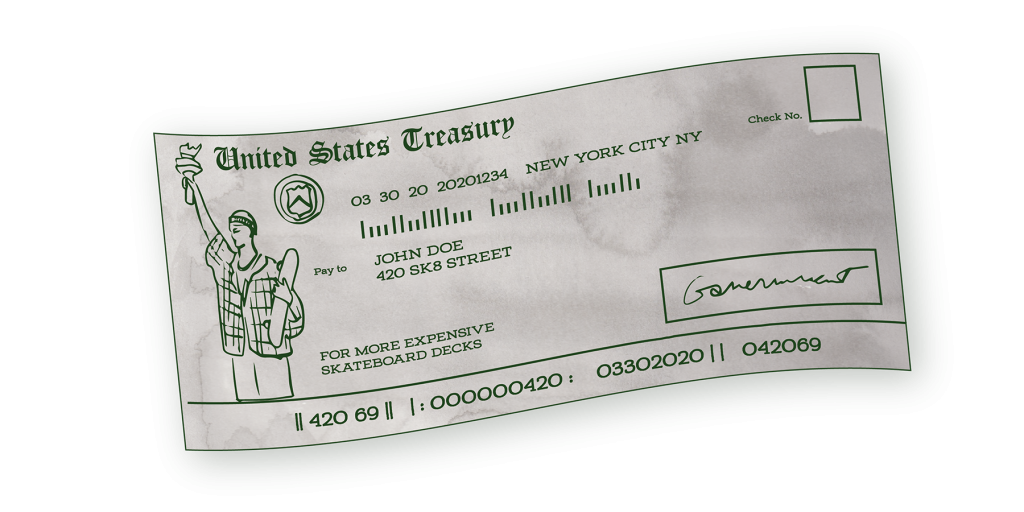
Looking Foward
The irony in all of this is that, as prices balloon in certain corners of the industry, some companies are selling boards at half price, desperate to clear their warehouses of old boards they ordered during the pandemic. So while you can buy a board for $80, you can just as easily find one for $40. The surge in demand companies saw when COVID-19 hit, coupled with delayed production and shipping schedules, amounted to what Boyle calls “a perfect storm of overstock.” Now, companies, distributors, and shops are asking the same question as Waite: “How is that gonna balance?”
The other big question is when, if ever, boards will hit a price ceiling.
“We felt like the ceiling was where we were at,” Mehra says. But boards continue to sell, “and I think some people have gotten used to this price.”
Waite, meanwhile, believes that pockets of skaters will pay more for reissues and newer technologies, like Powell Peralta’s Flight Decks. But for most, he says, the threshold is $65. And few see a higher price point as a mark of a first-tier brand.
“I mean, skateboarders will decide that by what’s under their feet, right?” Boyle says. “If they like the way it feels, then it’s perceived in a higher category than something that feels shit under their feet.”
Related Posts
Comments
Popular
-
 RECONTEXTUALIZING ZAK ANDERS, ONE OF TODAY’S MOST MYSTIFYING SKATERS
RECONTEXTUALIZING ZAK ANDERS, ONE OF TODAY’S MOST MYSTIFYING SKATERS
"I don’t want to be this brutal punk that hates everything that people like, and I’m trying really hard to undo that."
-
 RARELY SEEN PHOTOS FROM READ AND DESTROY, THE BELOVED BRITISH SKATE MAG
RARELY SEEN PHOTOS FROM READ AND DESTROY, THE BELOVED BRITISH SKATE MAG
Check out early documentation of London's Southbank, vert ramps tucked into Lord of the Rings-level forests, and everything in between.
-
 NAVIGATING SKATING’S HIGHS AND LOWS WITH MATT MILITANO
NAVIGATING SKATING’S HIGHS AND LOWS WITH MATT MILITANO
Over coffee and cigarettes Matt talks prank shows, ABDs and his love for the VX.
-
 A CHAT WITH LUDVIG HAKANSSON, THE OLDEST SOUL IN SKATEBOARDING
A CHAT WITH LUDVIG HAKANSSON, THE OLDEST SOUL IN SKATEBOARDING
The man loves to read Nietzche, skates in some expensive vintage gear, and paints in his own neoclassical-meets-abstract-expressionist style.
-
 MEET THE SEATTLE ARTIST WHO DESIGNED A BACON ’N EGGS INSPIRED SKATEPARK
MEET THE SEATTLE ARTIST WHO DESIGNED A BACON ’N EGGS INSPIRED SKATEPARK
Breakfast-obsessed skaters rejoice!


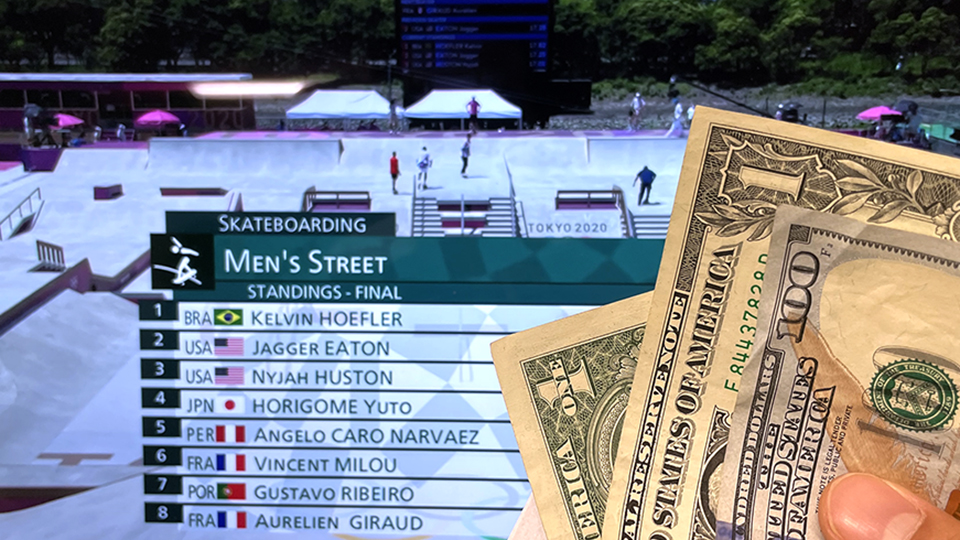
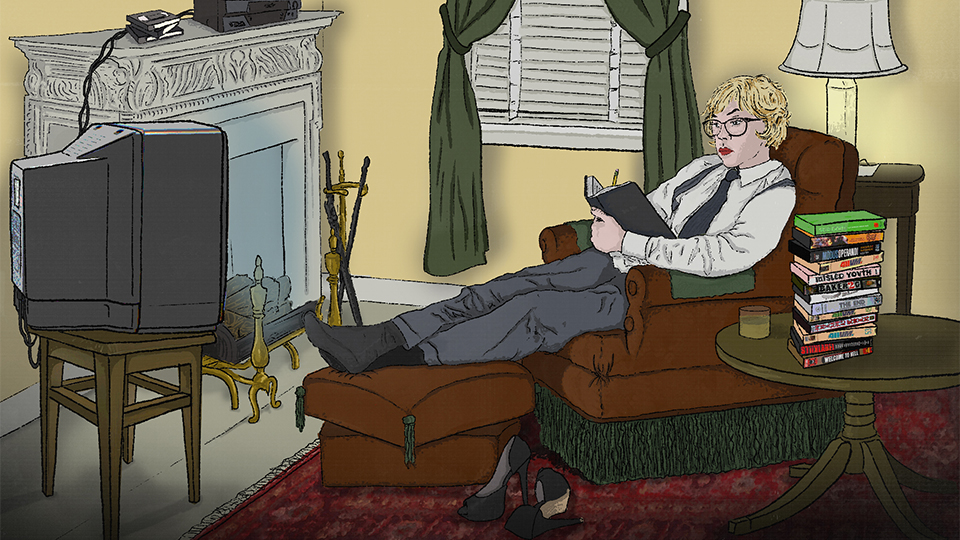
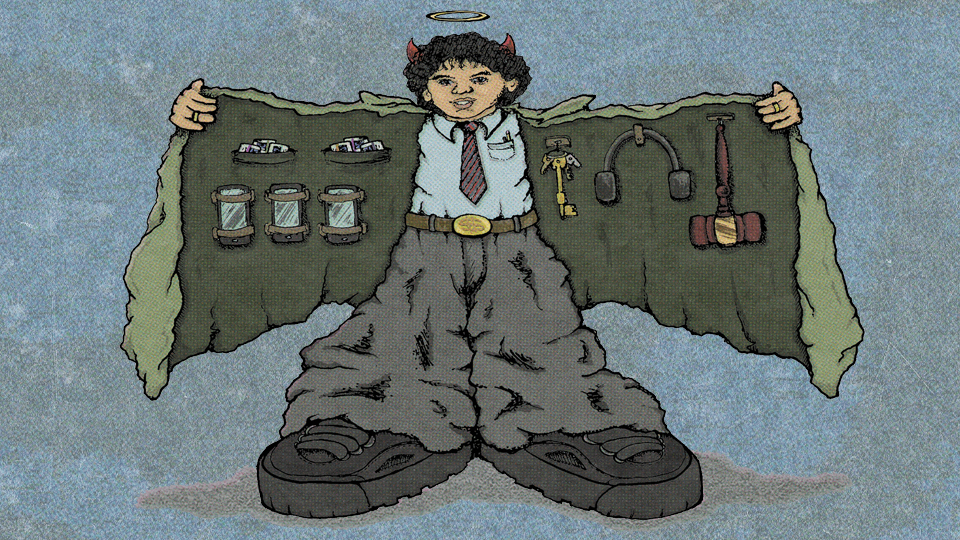

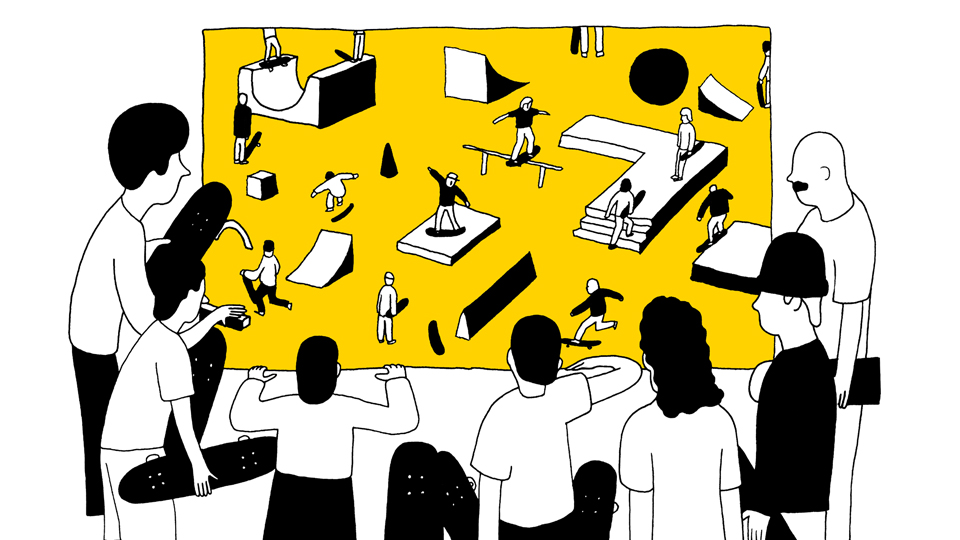
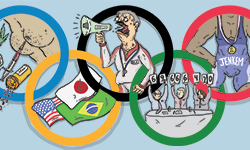
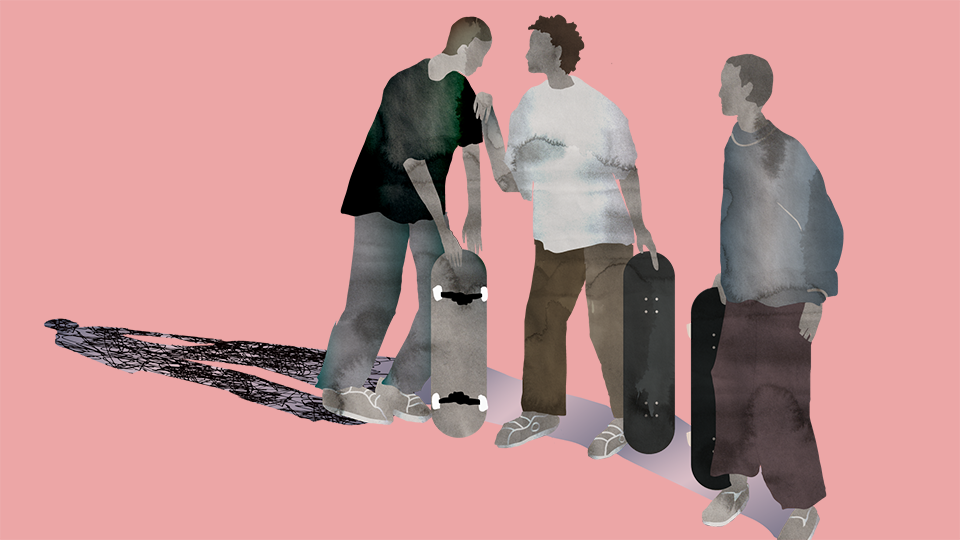
June 26, 2023 2:12 pm
Not one mention of the word “inflation” in the article, which is interesting. The price of plywood has definitely fluctuated over 30 years, like during the Iraq war and at other times. The fact that deck prices have been more or less the same is probably more complex than you guys dug into, and it cannot be solely attributed to marketing and high end metallic print process. Also, the price of weed has not risen since the 80’s, in fact it is cheaper than ever but a $50 eighth and a $50 deck are some of the only things that have stayed the same since before most of the people that are reading this were born.
June 26, 2023 7:33 pm
In addition to inflation, I had also hoped/expected the article to touch on other global issues, “supply chain” and general availability of hard maple (potential global warming and sustainable farming conversations there). I hoped this because I am a small-scale DIY board maker, pressing decks for my own personal use. I took a hiatus during the past 1.5 years and just noticed that veneer prices and shipping have both jumped from pre-pandemic levels. Some wood shops that supply veneers have stopped filling orders. On a side note I have seen a rise in Etsy skate brands; maybe increased demand from DIY makers has driven the price of raw materials…
April 25, 2024 12:25 pm
you’d think with all the grinding and flipping they do, the skate community would flip a mental ollie or two into understanding basic economics. But no-o-o, let’s dive into an article about skateboard prices skyrocketing without a single mention of inflation. It’s like writing a cookbook where every recipe forgets to mention food. Hilarious!
June 26, 2023 3:50 pm
Which companies out their beat the big brand prices nowadays should have enclosed some of them in the article. Gotta laugh at over priced Supreme profit losses tho.
June 26, 2023 8:09 pm
Hahahaha Supreme hahah! Fools only made $536 million without advertising on mainstream media. They missed expectations during inflation!? Losers hahahah!
You’re a fool dude.
May 14, 2024 10:17 am
We need import tariffs to stop Chinese boards from flooding the market. Go local, go big to keep your local shop in business.
June 26, 2023 4:27 pm
I don’t have a problem with boards costing $70. It was bound to happen sooner or later.
What I do have a problem with is dickhead pros setting up a new board when the one they are skating is barely through one ply in the tail. That shit drives me nuts. Such a waste.
June 27, 2023 12:49 pm
Are they dickheads when they give that barely used board to a grom at the park after they set up the new one they are getting paid to promote?
June 26, 2023 4:59 pm
We just opened a new shop called PROM in Colorado Springs, CO and use PS Stix for our shop boards. We are able to make a healthy margin by pricing the shop decks at $45 each. At that price, it’s one of the best hardgoods margins in our entire shop, too. I can only imagine that larger bulk orders would make this margin grow by a LOT. Of course if you want to do transparencies, embossing, gold foil, etc, you probably have to drive the price up. But it’s a bit confusing for everyone to claim the price HAS to be this high. We are probably blind to a lot of the issues facing larger manufacturers and distributors though.